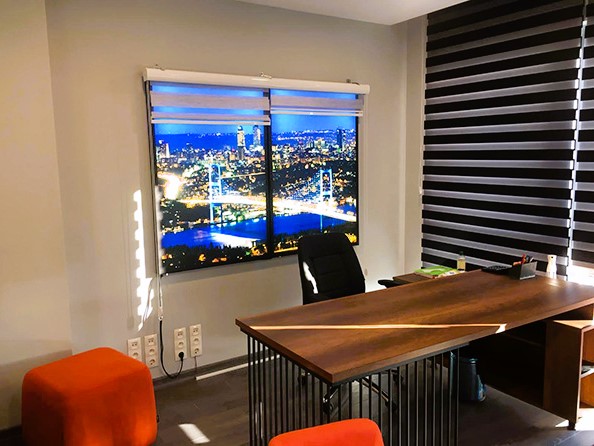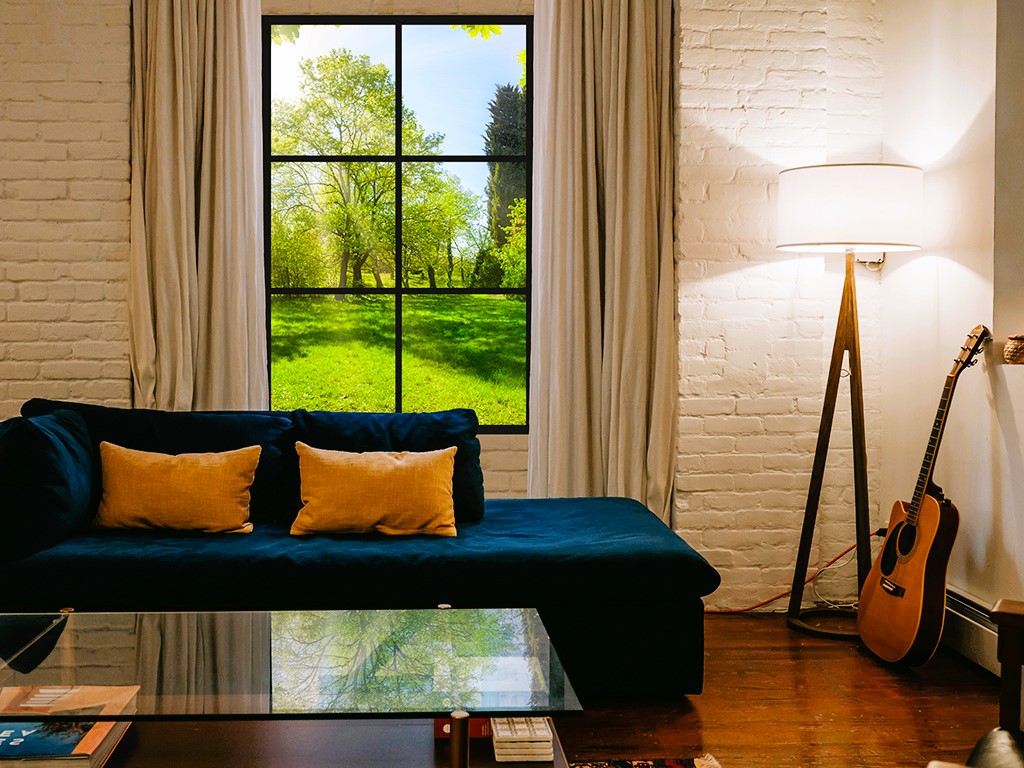In the realm of architecture and interior design, the concept of utilizing artificial elements to replicate natural surroundings has gained significant attention. Among these concepts, the notion of a “fake window” has emerged as an innovative solution to brighten up windowless rooms and create a more visually appealing environment. This ingenuity not only transforms the aesthetics of interior spaces but also has psychological and physiological benefits for occupants. In this article, we’ll delve into the concept of fake windows, their benefits, and how they are being standardized for various applications.
The Evolution of the Fake Window
A fake window, also referred to as a virtual window or artificial window, is a simulated view of the outdoors displayed on a screen or through other optical means. This simulated view can mimic various natural scenes, such as serene landscapes, bustling cityscapes, or even starlit nights. The primary aim is to replicate the visual experience one would have when looking through a real window.
One of the driving factors behind the creation of fake windows is the recognition of the psychological impact of natural scenery on human well-being. Studies have shown that exposure to natural views, even through artificial means, can reduce stress levels, improve mood, and enhance cognitive function. Furthermore, these simulated windows can alleviate feelings of confinement and claustrophobia often experienced in windowless environments.
Benefits Beyond Aesthetics: The Standardization of Fake Windows
Beyond their aesthetic appeal and psychological benefits, fake windows are gaining attention due to their potential energy-saving capabilities. By displaying scenes of daylight, these windows can give the illusion of natural light entering a room, reducing the need for artificial lighting during daytime hours. This aligns with sustainable design principles, contributing to energy efficiency in buildings.
As the concept of fake windows gains traction, the need for standardization becomes paramount. Standardization ensures that these artificial window systems meet specific criteria for quality, safety, and performance. Organizations such as the International Organization for Standardization (ISO) and national bodies like the Canadian Standards Association (CSA) play a pivotal role in developing and maintaining these standards. Crank vs Sliding Windows – Make the right choice with our article.
Standardization Organizations and Guidelines

- Canadian Standards Association (CSA): CSA provides standards and guidelines for a wide range of products, including those related to building materials and construction. These standards ensure that products used in the built environment meet safety and performance requirements.Website: CSA Group
Incorporating Fake Windows: Design and Considerations
The incorporation of fake windows involves careful design considerations. The choice of display technology, resolution, and content plays a pivotal role in creating a convincing illusion of an actual window. High-resolution displays, combined with appropriate lighting and color accuracy, are essential to create a seamless and immersive experience.
Moreover, designers need to consider the occupants’ preferences and the intended ambiance of the space. For instance, a healthcare facility might opt for soothing natural scenes to promote relaxation, while a workspace could choose dynamic cityscapes to invigorate employees.
Conclusion
The concept of fake windows has evolved from a mere aesthetic solution to a design element with profound psychological, physiological, and even energy-saving benefits. With the backing of standardization organizations like ISO and CSA, the integration of fake windows into various environments is becoming more streamlined and efficient. As technology continues to advance, we can expect these artificial windows to become even more convincing and indistinguishable from the real thing, ultimately blurring the line between indoors and outdoors in windowless spaces.

